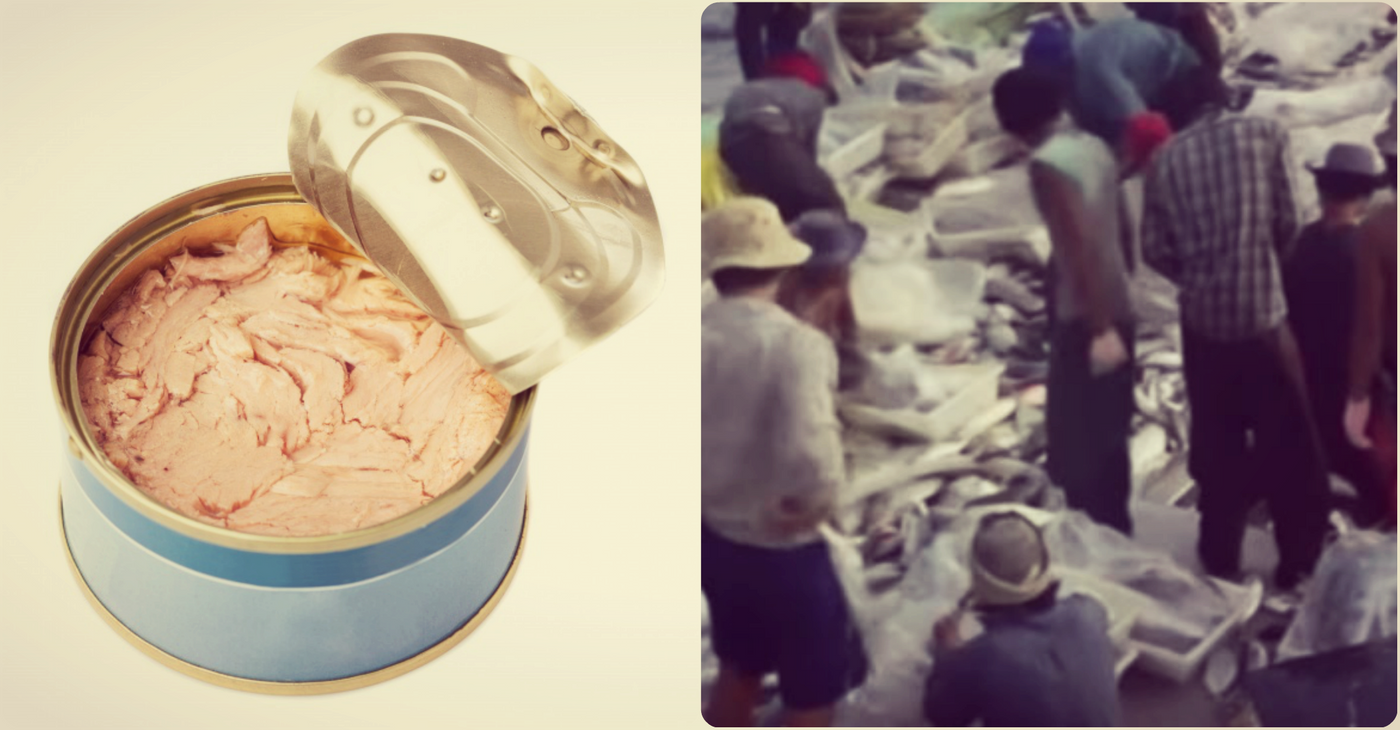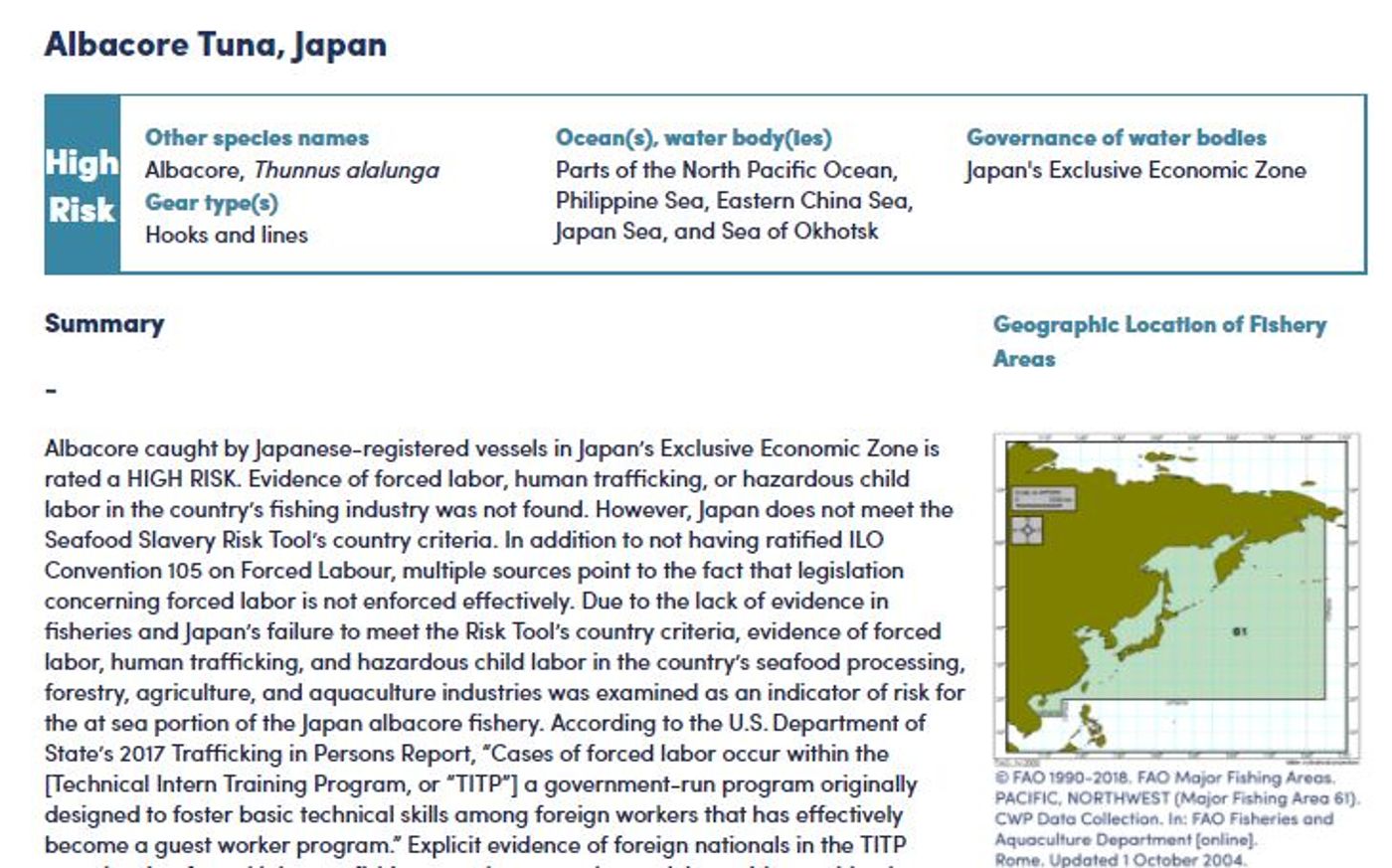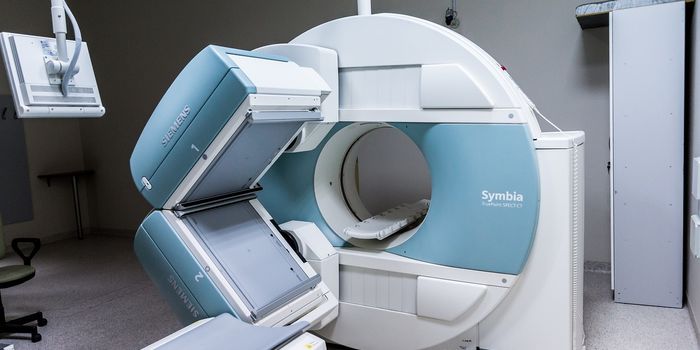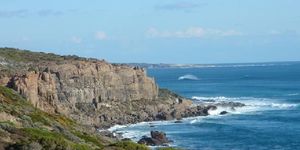Seafood Slavery Risk Tool Reveals Human Rights Abuse
The persistence of slavery in modern times is a reality that is being increasingly exposed. Evidence of forced labor and human rights violations in the fishing industry of Thailand began to be reported several years ago, primarily through an Associated Press investigative series. Thailand remains the fourth-largest exporter of seafood.
Monitoring these abuses is difficult because of the remote nature of the fishing trade; out at sea. Violations can also be hard for companies to track becasue of the sometimes convoluted paths international food exports take, which can obscure the provenance of fish. The prevalence of fraud in related record-keeping is another complication. The Monterey Bay Aquarium's Seafood Watch program, which is known for creating a sustainable seafood rating system, has launched a database called the Seafood Slavery Risk Tool in an attempt to clear these murky waters and reveal the systematic harm being done to many workers in the seafood industry.
“The new Risk Tool developed by Seafood Watch and our partners will give major businesses insight into the possibility of human rights abuses in their supply chains,” Executive Director of Monterey Bay Aquarium Julie Packard said.
It was revealed in 2014 and 2015 that major corporations and chains such as Walmart, Whole Foods and Red Lobster were receiving seafood acquired through forced labor. "Companies didn't know how to navigate solving the problem," Sara McDonald, Seafood Watch project manager for new tool, told NPR.
The human rights abuse-monitoring system has four ratings that a fishery can receive: low, moderate, high or critical risk of forced or child labor. For example, yellowfin tuna, skipjack and albacore from Taiwan are labeled critical risk, as are giant scallops and queen scallops from the United Kingdom. Albacore tuna from Japan is rated high risk, as shown in the screen shot below. Chilean seabass is considered low risk because of high associated regulatory standards.
According to McDonald, the Seafood Slavery Risk Tool’s ratings are based off of diverse indicators and sources of data. These include records and reports of abuse from government, media, university and non-governmental sources, and findings of unregulated, illegal or unreported fishing. How long boats stay out at sea at a time is also a relevant factor. If child labor, human trafficking and/or slavery have been uncovered in other industries within the nation in question, this is also seen to increase the risk of abuses in the fishing sector.
To report these human rights crimes and ask companies to respond to them is not a straightforward endeavor, McDonald said, because boycotts can “drive it underground.” She added that, “Every human rights expert we talked with says you can't boycott, you have to keep it out in the sunshine. That's the only way to make a difference." The Chicago Tribune reported in 2015 that some thousands of Thai fishermen were freed, arrests were made and new regulations were proposed in response to the AP’s reporting on the crisis.
Monterey Bay Aquarium’s partners in this endeavor include Liberty Asia, a group that works to stop human trafficking, and the nonprofit Sustainable Fisheries Partnership. Other organizations undertaking similar missions to track and monitor human rights abuses in the international food chain include the Social Responsibility Alliance and the Sustainability Incubator.
U.S. restaurant chain The Cheesecake Factory is already using the Seafood Slavery Risk Tool.










